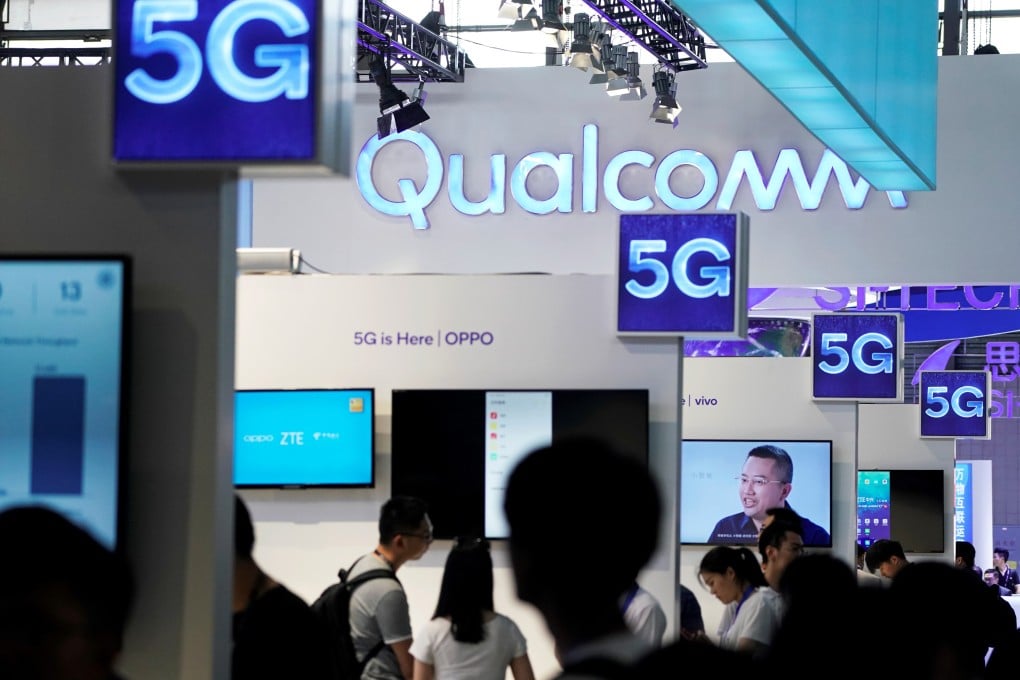Intel to build chips for Qualcomm and Amazon as it aims to catch foundry rivals by 2025
- Intel said on Monday it expects to regain its lead by 2025 and described five sets of chipmaking technologies it will roll out over the next four years
- Amazon, which is increasingly making its own data centre chips for its Amazon Web Services, will use Intel’s packaging technology

Intel Corp said its factories will start building Qualcomm chips and laid out a road map to expand its new foundry business to catch rivals such as Taiwan Semiconductor Manufacturing Co (TSMC) and Samsung Electronics by 2025.
Amazon.com will be another new customer for the foundry chip business, said Intel, which for decades held the lead in technology for manufacturing the smallest, fastest computing chips.
But Intel has lost that lead to TSMC and Samsung, whose manufacturing services have helped Intel’s rivals Advanced Micro Devices and Nvidia Corp produce chips that outperform Intel’s. AMD and Nvidia design chips which then are made by the rival chip manufacturers, called foundries.
Intel said on Monday it expects to regain its lead by 2025 and described five sets of chipmaking technologies it will roll out over the next four years.
The most advanced use Intel’s first new design in a decade for transistors, the tiny switches that translate to digital ones and zeros. Starting as early as 2025, it will also tap a new generation of machines from the Netherlands-based ASML that use what is called extreme ultraviolet lithography, which projects chip designs onto silicon somewhat like printing an old-fashioned photograph.
“We’re laying out a whole lot of details to The Street to hold us accountable,” Intel Chief Executive Pat Gelsinger told Reuters in an interview, referring to investors.